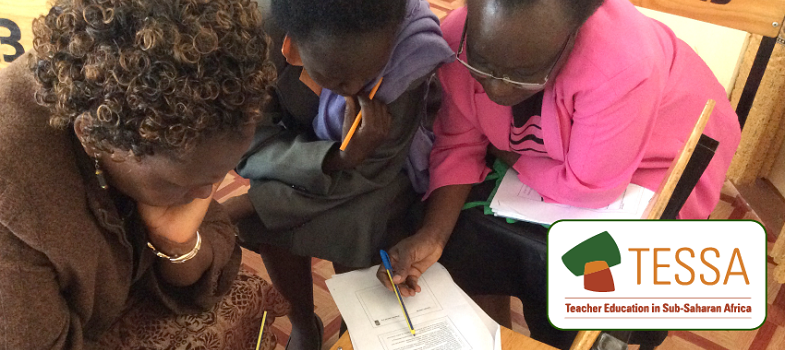Key Resource: Working with large classes
Top 20 ideas for teaching large classes
- Plan ahead and prepare thoroughly; problems can be magnified in large classes, but they can also be dealt with effectively.
- Maximise classroom space by removing unnecessary furniture, and use space outside the classroom for learning and activities. Ask your pupils for suggestions on arranging the classroom in a comfortable way.
- Do everything possible to get to know your pupils. A positive relationship with your pupils means they will be more willing to actively participate in class.
- Give opportunities for pupils to individually introduce themselves to the class.
- Move around the class when talking – this engages pupils, and it can reduce the physical and social distance between you and your pupils.
- Be natural and personal in class and outside of it – be yourself!
- Tell your pupils you will be available before and after class to answer any questions they might have.
- Keep track of frequently asked questions or common mistakes. Use these to develop lessons and help pupils avoid making mistakes.
- Be aware of the class. If you notice or even feel that there is something wrong, ask a pupil what is going on. Invite small groups of pupils to visit you to discuss important class issues. When necessary, involve pupils and use positive discipline to deal with misbehaviour.
- Check the content of your lessons and the knowledge and skills of your pupils, to identify those pupils that need your special attention.
- Recognise the attention span of pupils is limited: 15 minutes of lecture followed by an activity and then additional lecture if needed is ideal. Determine what information can be delivered in forms other than lecture and develop these methods. For instance, group work, role play, pupil presentations, reading outside class, and in-class writing can be excellent ways to vary classroom routine and stimulate learning.
- Develop a formal lesson plan to organise your teaching; this is a way to monitor whether or not your pupils are understanding what is taught; and a chance for you to think about what to do next and how to improve your teaching. In your plan, identify what topic is to be taught, the learning objectives, teaching methods, classroom arrangement, main activities, resources and assessment methods.
- Explain to your pupils exactly how and why you are teaching in a certain way. For example, ‘This is why I give quizzes at the end of class (to check on your understanding.’
- Develop a visual display of the day’s topics and learning objectives (such as a list on the chalkboard). This will make following the flow of the class much easier for you and your pupils. Plan for a clear beginning, middle and end to the class.
- Use ‘prompts’ to develop pupils’ question and answer skills, and count to ten after you ask a question to give time for the pupil(s) to answer.
- Give assignments that really assess whether or not your pupils are learning what you are teaching. Can they explain the process they used to solve a problem, and can they apply what they are learning to everyday life? Give clear and thorough instructions for all assignments.
- Develop a portfolio system or other ways to keep track of pupil performance – both successes and areas needing improvement – and to identify those pupils who require extra attention.
- Develop exams that really tell you if your pupils have learned and can apply what you have taught them, not just what they remember.
- Give prompt feedback on assignments and exams. Involve your pupils in the grading process to give faster feedback.
- Reflect on your teaching. Discuss with your colleagues and pupils how your class can be improved. Visit the classes of colleagues who are also teaching many pupils, and exchange ideas and materials. Above all, view the challenge of teaching a large class as an opportunity, not a problem
Select the next Key Resource you are interested in by clicking on the resource titles on the left-hand side of this screen.



